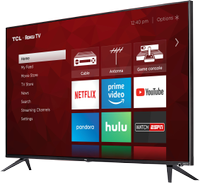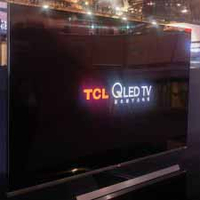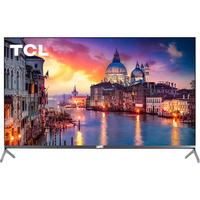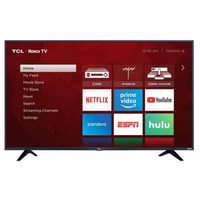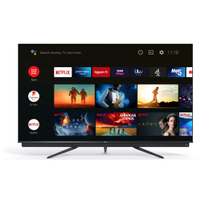Should I buy a TCL TV? A look at one of the fastest growing TV brands
TechRadar looks at whether TCL televisions are worth your consideration
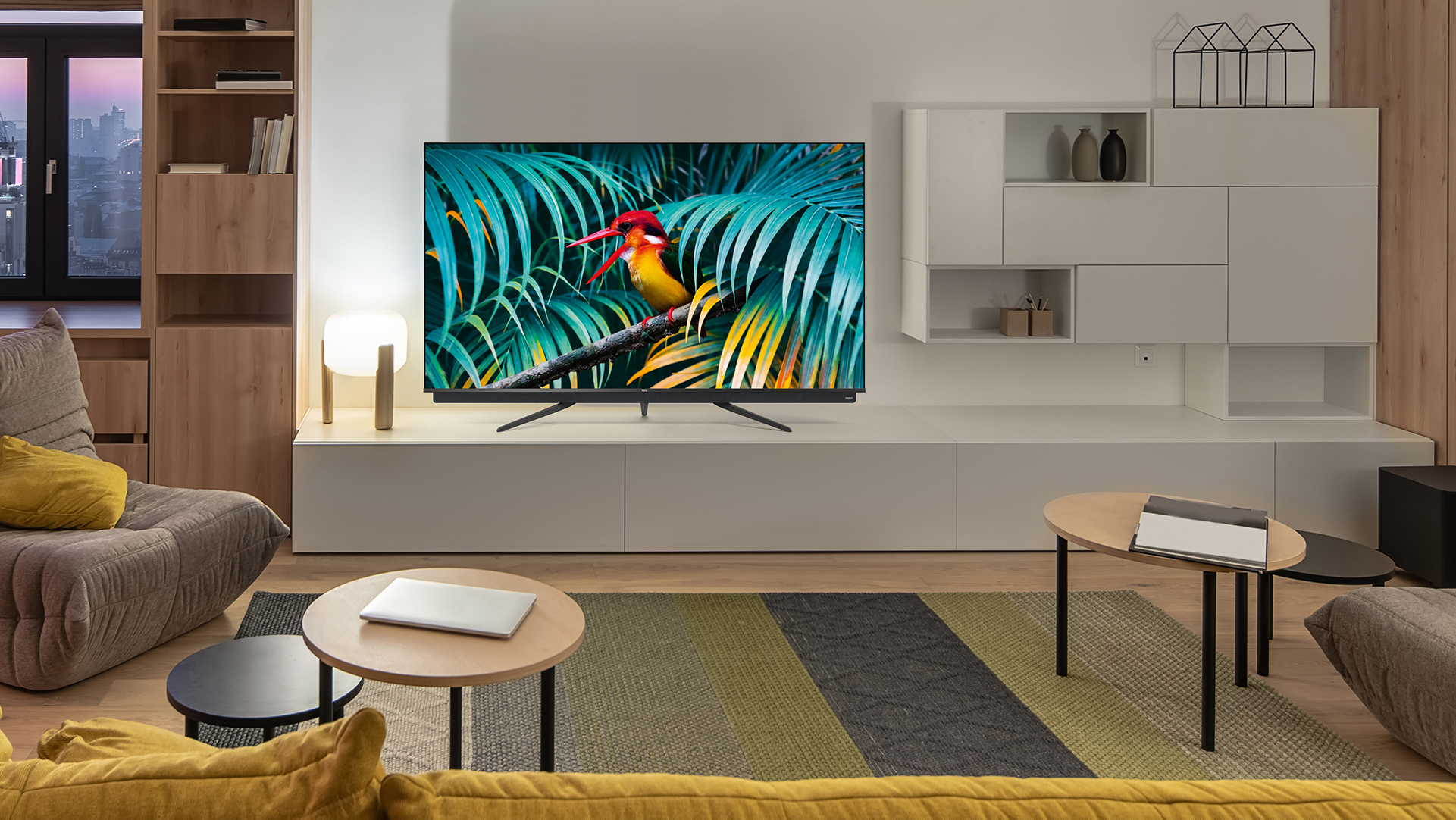
Should you buy a TCL TV in 2021? If you're shopping for your next television, and you're trying to choose between the various budget TV brands out there, you may well have come across the TCL name – but knowing what to make of it is another matter entirely.
That's why we've brought together everything you need to know about the established Chinese electronics brand, including the most recent models we've tested, new and upcoming models and what you can expect to pay for them.
Usually, we'd expect a brand to unveil all its plans for the coming year at CES 2021 (the biggest tech expo of the year). However, TCL runs on a slightly different release schedule than many TV brands, which can mean CES was a bit light on concrete information.
You can find out what's new for TCL in our TCL TV 2021 guide, where we run through the new QLED and 8K TV models we saw last year and the ones that are expected over the next twelve months, as well as what upgrades older favorites like the 5-Series and 6-Series are getting to stay up-to-date and competitive with more recent models. (Hint: it's a lot of QLED and Mini LED.)
- Check out the best TCL TVs overall
While TCL's biggest audience is unsurprisingly in its homeland of China, it now ships televisions all over the world, with a strong presence in the US, Europe, Australia, and SE Asia.
It's recently started rolling out the new 6-Series R635 models in the US alongside new 5-Series TVs that, for the first time ever, use QLED technology.
After a hesitant launch in the UK in 2018, too, TCL is expanding its UK range with two new QLEDs (the C71 and C81) and the promise of 8K TVs to come too – which could well make more of an impact than the low-end DP648 and EP658 models we've seen so far.
TCL recently confirmed its range of Roku TVs were coming to Europe and South America, and most likely the UK too. More details on this will likely come at IFA 2020
So how do TCL’s TVs differ from the competition, and are they worth your money? Read on for everything you need below.
Should I buy a TCL TV?
TCL’s main advantage in the TV market is its aggressive pricing. It manufactures televisions at a large scale and has passed on a lot of those savings to consumers in a bid to win over a worldwide audience. If you’re looking for a cheap television that offers a lot for the price, TCL will often be a good bet – often for very large-sized televisions too.
If the thought of forking out for one of the best 55-inch TVs or best 65-inch TVs has got you sweating, know that TCL won’t charge you through the nose for it – and the TV-maker offers everything from compact 32-inch TVs to massive 75-inch TVs.
There is always a cost vs performance question to consider, as cheaper televisions almost inevitably mean a drop in quality from their more premium counterparts.
Picture processing is often the first thing to suffer, with basic processors unable to really cope with the demands of high-resolution television. TCL’s televisions tend to go quite heavy on picture processing, which some would say provides a dynamic picture, but can lead to off-color pictures and middling contrast.
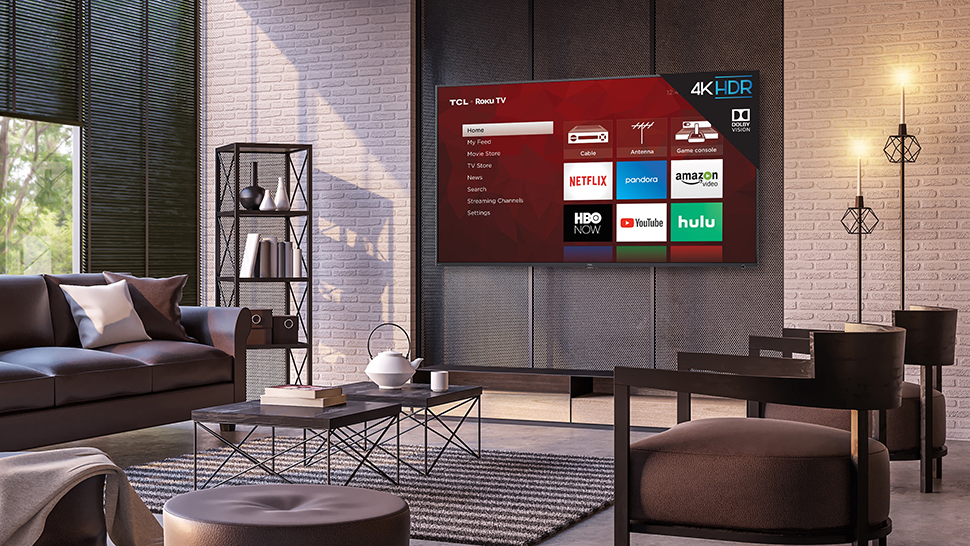
TCL features and formats
4K resolution is increasingly the norm for smart TVs these days, which is great for those wanting to watch TV and films in crisp Ultra HD detail. You’ll often get high dynamic range (HDR) bundled in too, though a TV under $500 / £500 / AU$700 won’t usually have the specs to really draw out HDR’s expanded color gamut – so be aware that a cheap 4K HDR set from TCL won’t provide the same picture as a higher-end television.
TCL has used a number of operating systems for its TVs over the years, so it’s worth making sure you’re getting a decent smart TV platform with your television. Many of its mid-range US sets use the Roku TV smart platform, and makes for a breezy, thought-out interface with plenty of your favorite streaming apps like Netflix, Hulu, and Amazon Prime Video.
Other TCL sets, like the DP648 in the UK, use a much more basic Linux OS. Most new TCL TVs, though, come with the same Android OS – in an attempt to standardise across the board – which is a good all-rounder smart platform also used by Sony and Hisense.
- Best smart TV 2021: the smartest TVs you can buy
TCL has some more experimental TV designs now and then, largely closer to its home market in China.
At CES 2020, TCL announced plans for a new fleet of Mini-LED TVs – to compete with OLED models – which use smaller LEDs for more precise brightness control than traditional LCD screens.
Those TVs just started rolling out in the US in the form of the new 6-Series R635 models and launch alongside new 5-Series TVs that, for the first time ever, use QLED technology. Read our TCL 6 Series QLED review to find out more.
It’s also worth noting that TCL doesn’t support HDR10+, sticking instead to the leading Dolby Vision format for its fancier TVs, though this will only really make a difference if you plan on watching a lot of premium HDR formats.
Overall, your choice of a TCL TV may come down to where you live. In the US there are plenty of TVs we’ve reviewed well, and TCL has built up an understanding of the market and what US viewers want from their televisions.
In the UK you have fewer options, which aren’t quite as competitively priced. If you do opt for a TCL television, though, you can be sure you’re getting a good value TV.
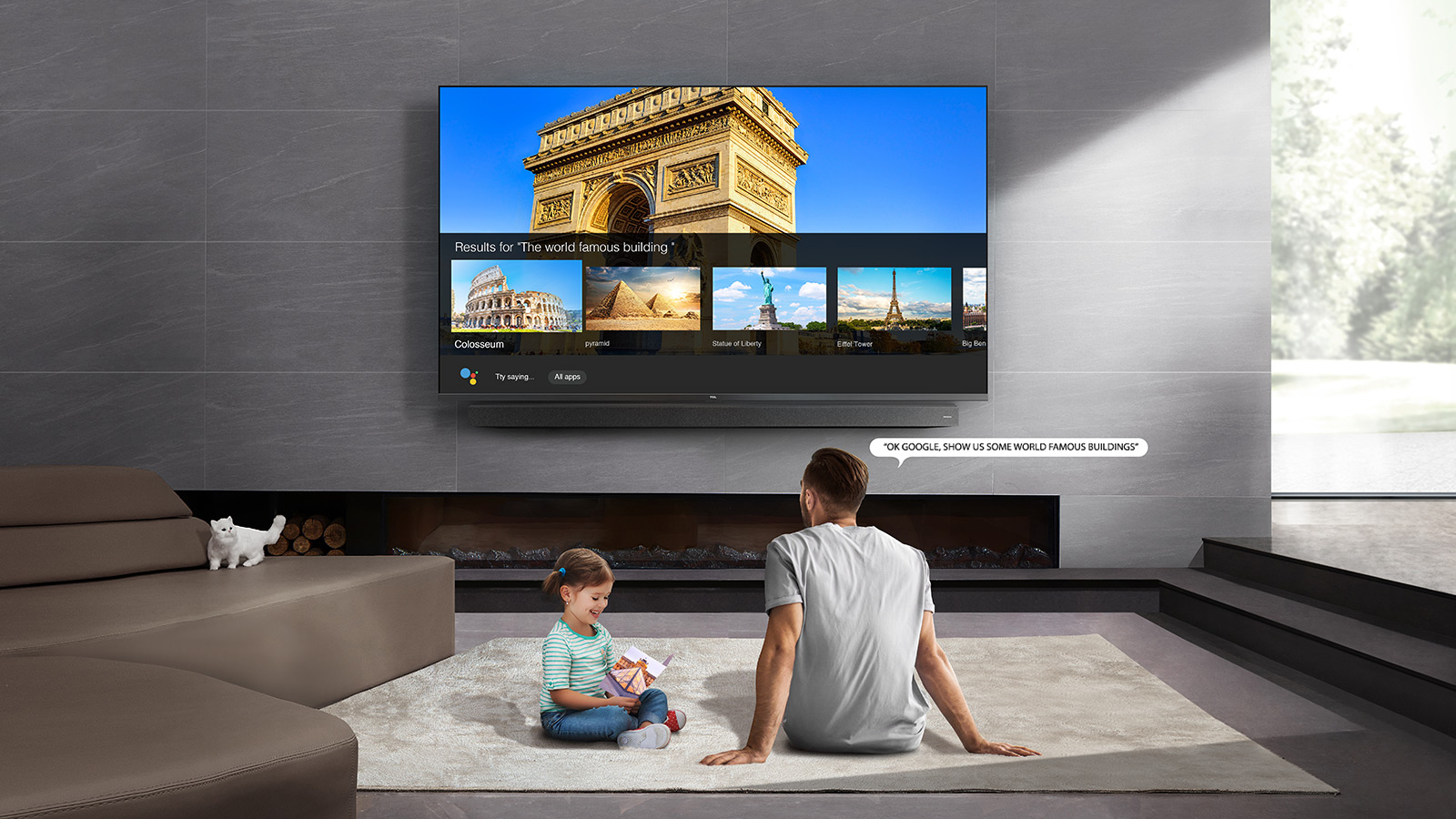
TCL TV reviews
So that's the background on TCL, but what did we actually think of the televisions we tested out?
We've reviewed TCL televisions at a range of prices, sizes, and specifications – and you check out the most important ones below.
US
TCL 6-Series 2020 QLED with Mini LED review (US): The new TCL 6-Series R635 continues to shine as a beacon for budget TV buyers. The inclusion of Mini LED technology boosts contrast, while the AiPQ Engine does a great job upscaling HD video. Motion handling isn't flawless, and brightness isn't the best, but overall it's great value at starting price of $649.
TCL 8-Series 8K QLED Roku TV hands on review (US): The 8-Series' use of Mini LEDS and QLED technology provide a noticeable leap over the 6-Series, including better off-angle viewing and a thinner overall design. Just know, while it may be TCL's best, we fully expect it to be TCL most expensive yet.
TCL 6-Series Roku TV review (US): The TCL 6-Series is the best TV under $1,000, period. Packing Wide Color Gamut, Dolby Vision and a full-array panel at just $650 for the 55-inch 55R617, this is the budget-friendly 4K TV that we’ll recommend to friends, family and readers for the rest of the year.
TCL 6-Series 4K QLED Roku TV review (US): The TCL 6-Series remains one of the best budget TVs you can buy thanks to its beautiful 4K HDR performance and inclusion of high-end AV formats like Dolby Vision. This QLED upgrade is a great boost, though motion handling and HD upscaling continue to suffer.
TCL 5-Series (US): With a bit of tweaking you can turn the TCL 5-Series into a solid, mid-level LED TV. It doesn’t have the highest peak brightness at its price point, and suffers from the existence of the much-superior 6-Series that costs just $100-$200 more.
UK
TCL C81 QLED TV review: Out of the box, the C81 QLED is probably only a three-star TV. TCL’s enthusiasm for the (admittedly impressive) brightness and color delivered by its QLED leads to some overzealous processing – though a sensibly calibrated C81 QLED delivers an above-par all-round performance, backed up by well-integrated Android TV smarts.
- For our top TV picks, our guide to the best TVs is here to help
Get daily insight, inspiration and deals in your inbox
Sign up for breaking news, reviews, opinion, top tech deals, and more.
Henry is a freelance technology journalist, and former News & Features Editor for TechRadar, where he specialized in home entertainment gadgets such as TVs, projectors, soundbars, and smart speakers. Other bylines include Edge, T3, iMore, GamesRadar, NBC News, Healthline, and The Times.
